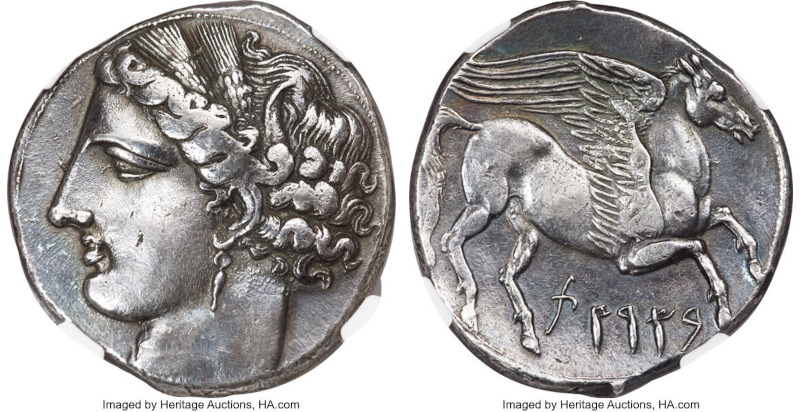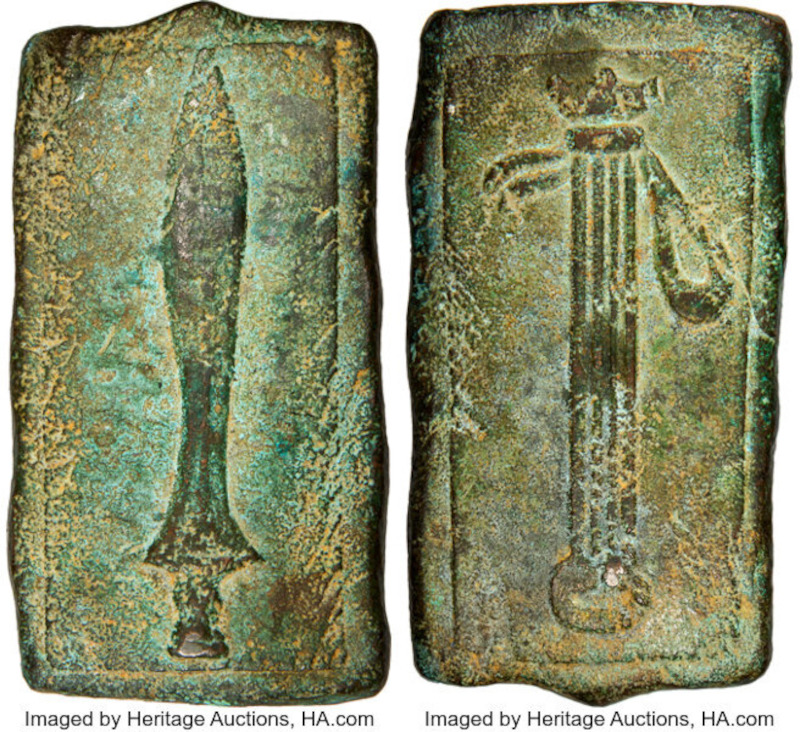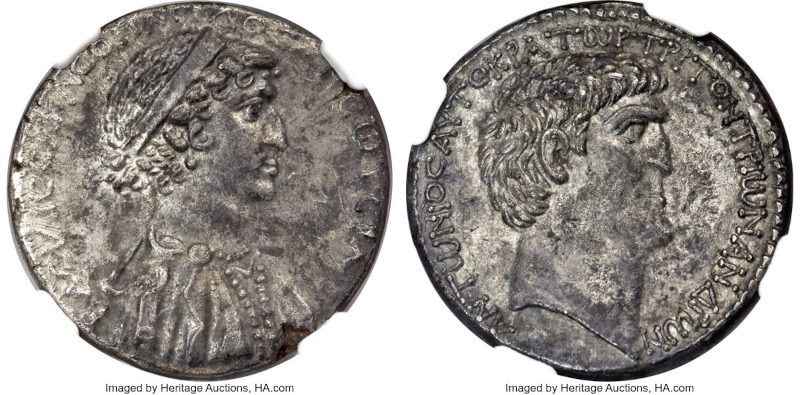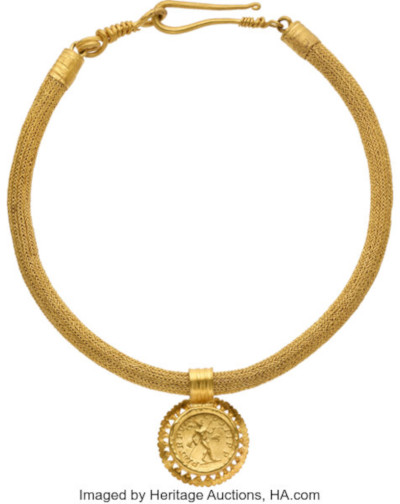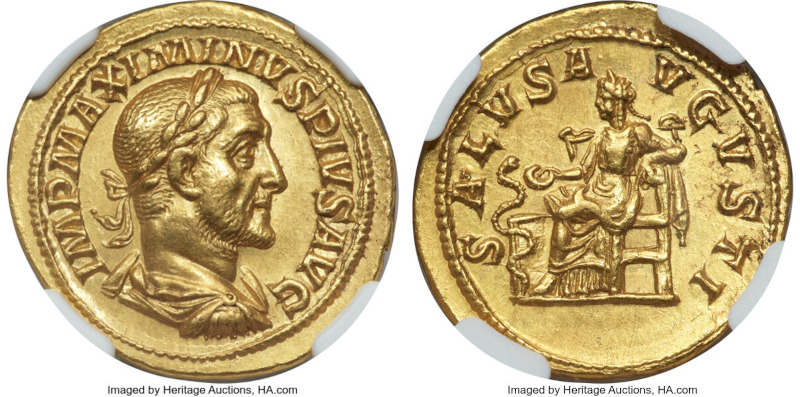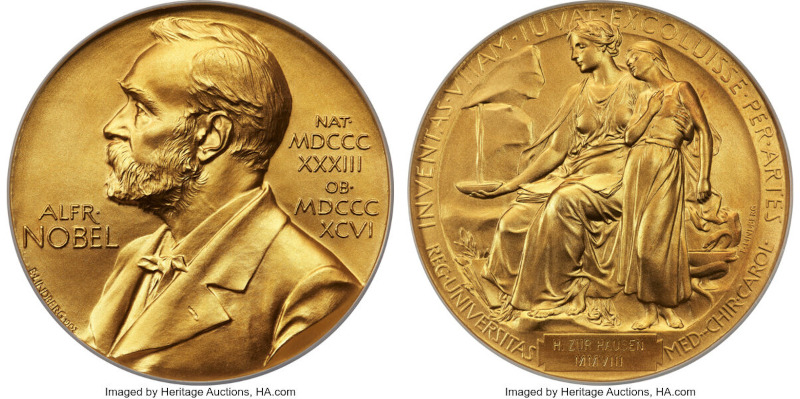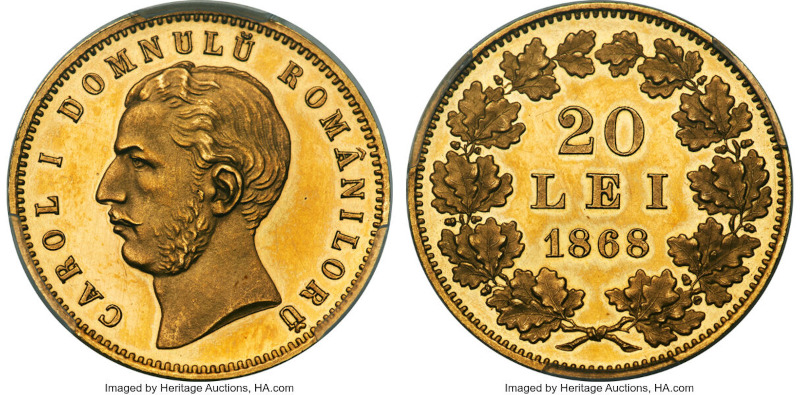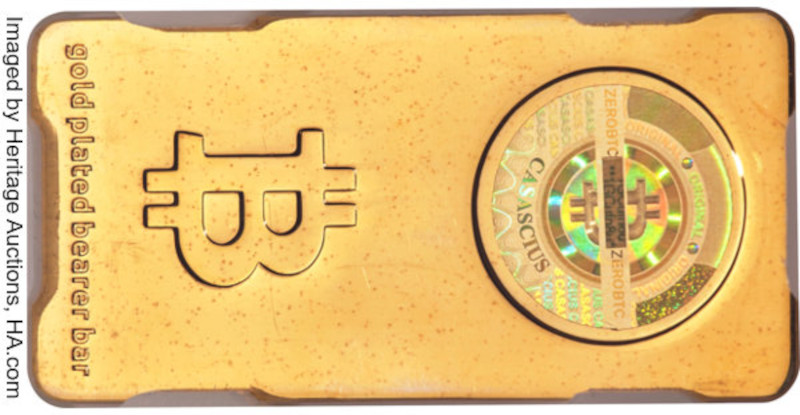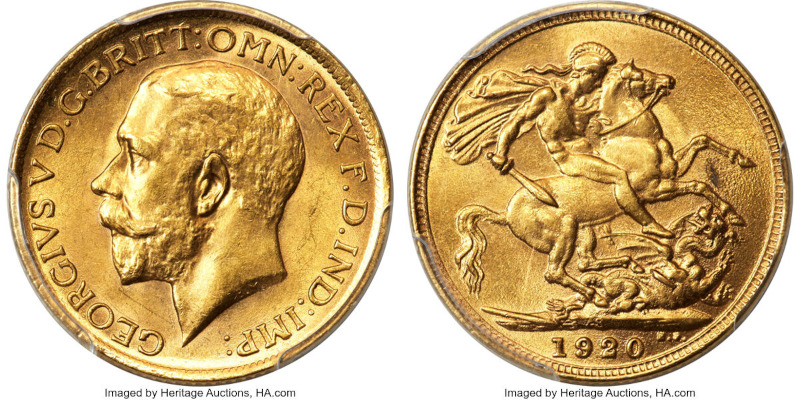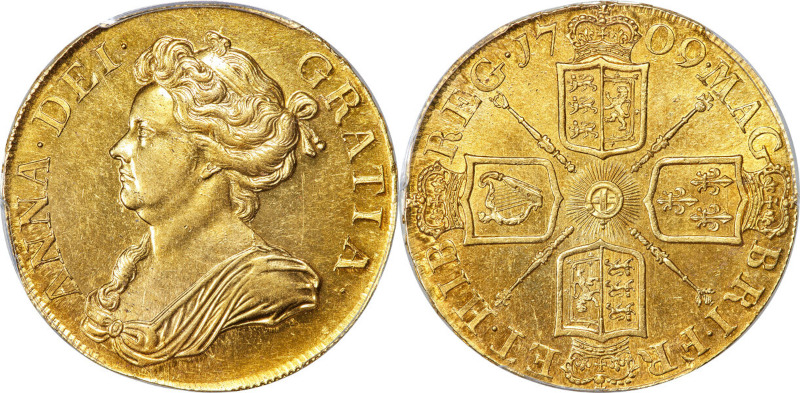Nomos’ Greek Fractional Silver Coin Auction
Nomos AG
Nomos 26-28
Coins
21-22 May 2023
CH-Zurich
By Alan Walker
Presenting an auction – Nomos 26 – composed entirely of Greek fractional silver coins was never done before and was, of course, a gamble in many ways. What would happen? A single auction containing 550 lots of small, tiny and, even, very tiny coins? Well, what happened was the greatest success of our history! Every Lot Sold, except for one – lot 292 – that had to be withdrawn as being phonus-bolonus! How embarrassing!! The astounding nature of the result becomes even clearer when we note that the total estimate for the “Collection sans Pareille” was 246,250 CHF (admittedly rather low) but the final total – without the buyer’s fee! – was 1,585,325 CHF. We had received plenty of pre-sale bids; there were numerous telephone bids, both to us and to dealers acting as agents in the sale room; collectors and numismatic professionals came to the sale; and there was an enormous amount of online internet bidding! In fact, for some lots there were so many warning bells for incoming bids that it sounded like gunfire on a typical night in Marseilles! Prices ranged from a top of 26,000 CHF (reached by four lots) down to a low of 200 CHF (three lots). There will be highlights below.
Nomos 27, containing the final selections from the Eidswick Collection – 100 lots, had an estimation of 1,244,900 CHF. This sale also did remarkably well, with the prices realized for its carefully chosen lots reaching a total of 2,120,490 CHF (one minor piece was withdrawn as a potential forgery). The highest results were for two tetradrachms: 330,000 CHF and 280,000 CHF (estimated at, respectively, 200,000 CHF and 125,000 CHF); the most inexpensive lot was a simple bronze once owned by a struggling artist: only 360 CHF (estimated at 200 CHF).
As for Nomos 28, well, it was a “normal” sale (total estimates: 849,575 CHF; total sold: 1,058,560 CHF). Were there any exciting results? Yes…
Nomos 26
Nomos 26 started off with a bang with an obol from Massalia (lot 1, estimated at 450 CHF!) – It sold for 3,400 CHF!
But the last lot, 550, an obol from Kyrene (estimated at 1000 CHF – back in 1986 it was estimated at 700 CHF and sold for 1,400 CHF), ended the auction with an even bigger bang… This soared right up to 9,000 CHF!
As for an obol from Allifae, which was estimated at 450 CHF (lot 14), when it sailed off for 9,500 CHF everyone knew that the auction was going to be a true Battle of the Titans. And so it was…
Back in 1998, in Leu Numismatics 72, this amazing and extremely rare dekonkion (lot 71) from Kroton was estimated at 2,200 CHF, and sold for 1,900 CHF. A few years earlier, in NAC 8 in 1995, it was estimated at 3,000 CHF, and sold for 2,500 CHF. We gave it an estimate of 1,500 CHF and it sold for…11,000 CHF!!!
In 1902 Sir Hermann Weber bought this coin, a silver litra from Kamarina, from the antiquary I. Virzi – father of Tom Virzi, the long-time companion and friend of Jakob Hirsch – in Palermo. At some point Spink’s, who handled the Weber Collection, sold this piece to R. C. Lockett; this coin was then sold again in 1955 – with a glowing description – and it finally ended up, in the 1980s, in the Collection sans Pareille. In any case, while lot 124 was estimated at 1,000 CHF, it finally ended up selling at 17,000 CHF! It is a lovely coin…
Here we have one of the smallest coins in the collection, a hexas from Messanna (lot 147, estimated at 250 CHF), which is 6 mm in diameter and weighs 0.09 g! It sold for nearly 10x its estimate: 2,400 CHF!!!
How about another amazing price, this time for exactly 12x the estimate: 4,800 CHF! What is it? It is lot 153 (estimated at 400 CHF), a litra from Motya, struck on oblong flan, which makes it look dramatic, and with types that remind us of Macedonian Neapolis and Bar Kokhba!!!
Here is another litra, this time from Selinos (lot 176, estimated at 800 CHF). It is very attractively centered and remarkably nice. So that must be the reason it soared up to 8,000 CHF!
I recently wrote a humorous (?) newsletter about this Athenian obol – as an explanation why the owl’s head was slightly flat – but I really thought that the minor damage to the reverse would have an effect (lot 335, estimated at 700 CHF). But the effect was that it soared up to 16,000 CHF!
If you think that is amazing, assuming that you are not completely astonished by now, how about that wonderful Corinthian diobol, ex Mildenberg, Jameson and Consul Weber – lot 348, estimated at 750 CHF… Well. this extraordinary coin immediately began flying skyward – understandably since it has two Pegasi on it – until, at over 34x its estimate (!!) it sold for 26,000 CHF.
Here’s another coin that went for 26,000 CHF, but this time it was not 34x its estimate, it was 52x. That‘s right, it sold for fifty-two timesits estimate.
This is an extremely rare obol – in fact, as far as we know, it’s a unique obol – from Knidos, struck when that city was part of the great Alliance that formed at the end of the Peloponnesian War (lot 455, estimated at 500 CHF). Yes, it was estimated in 1975, at the height of Kunstfreund Boom, at 3,000 CHF, but it only sold for 2,800 CHF. While its interest and rarity is outstanding, the condition was by no means the best and that has – so we thought – nowadays a big effect on the value. What do we know? It sold for 26,000 CHF after a fight between bidders from all over the world!!!
The simple fact is that the sale went on and on and on like this: every coin had multiple bidders and every coin went for prices that ranged from an occasional bargain (a few actually sold under their estimates) to the absolutely stratospheric. Just scroll through the sale and you will see. But to end this recap of Nomos 26, let’s go back to lot 450 CHF (estimated 350 CHF), a curious but attractive hemiobol from Idyma in Caria, which happens to be a favorite of mine.
Aside from the well-known 1795 halfpenny token from London, which has a grasshopper as its obverse type, and, of course, the famous nomos from Metapontum (c. 540-500 BC), which has a grasshopper almost as large as a type as its obverse symbol, how many coins have grasshoppers as their types? Other than this one? So you can imagine the stir it caused among that select circle of “grasshoppers/cicadas-on-coins” collectors! They drove the price up to 3,000 CHF!!!
Auctions 27-28
But what about our other sales, Auctions 27 and 28? They did very well too.
Here’s another favorite, this one from the Eidswick Collection, a nomos from Cumae in Campania (lot 1002, estimated at 3,500 CHF. It was previously in the collections of the late W. N. Rudman (his coins were sold in 2002 when this piece went for $1300), A. Moretti and C. Gillet (= Kunstfreund). The figure of Skylla on the reverse is particularly notable, just like the one on reverse of the Allifae mentioned above. Interestingly enough, this piece also sold for 9,500 CHF!
Back in 1998, at the famous Basel Museum-Moretti sale, this coin was estimated at 50,000 CHF but sold for only 45,000 CHF. Nearly twenty-five years later (how time flies!!!) we estimated it at 125,000 CHF and it soared up to 280,000 CHF!
Now we go to a pleasingly worn, but attractive, stater from Eretria on Euboia (Nomos 27, lot 1083), which was estimated at $2,000 (and cost $2,600) at a minor sale in the USA in 2017. We estimated it at 2,000 CHF but with more than one knowledgeable bidder it soared up to 12,000 CHF!
One of the nicest things that can happen when you are selling the coins that belong to an old friend is that they sell for a whole lot of money! You make a really good catalogue, have good photographs, write nice notes and the result is… This is the lovely Archaic Corinth that came from M&M in 2001 (it cost the equivalent of $2200) and appeared as Nomos 27, lot 1086 (estimated at 4,500 CHF):
Of course it is not perfect, but it looks nicer and nicer the more you look at it. And, equally of course, U. Kampmann, the numismatic version of John Ruskin, did write an article about it in 2009. But that it should soar up to 24,000 CHF! Well, that really is a pleasure.
Nomos 28
What about Nomos 28? Another very good sale, with highs, lows, and in-betweens!
Here’s a mysterious coin, an oikist-nomos of Tarentum (Nomos 28, lot 1107, estimated at 7,500 CHF):
Why mysterious? Because it is a Gillet coin but it is not in Fischer-Bossert (and if he missed it, considering how methodical he is, then it is a mystery!) Anyway, its quality shot it up to 16,000 CHF!
I really liked the next coin – a tetradrachm from Abdera (Nomos 28, lot 1140) with a griffin who seems to be rearing up to left and a reverse that is particularly elegantly designed:
Estimated at 7,500 CHF, and well-worth that, it went up to 11,000 CHF.
Now for something very different: a very nice, very attractive coin that sold for a very, very attractive price!!
This is a bronze coin of Antiochos IV (Nomos 28, lot 1240), which was struck in Edessa – Antioch-on-the-Kallirhoe. It bears an absolutely outstanding portrait and was estimated at 250 CHF. So what did it sell for? 220 CHF. What a great coin for such a minuscule price!!! And it is a great coin.
For the final intriguing result of this newsletter – you can find hundreds and hundreds more if you look – we come to Nomos 28, lot 1365, a solidus of Leo III, struck in the 5th officina in Constantinople between 717 and 720.
Ostensibly this seems to just be a normal, albeit very nice, solidus of Leo III’s sole reign. Why is this solidus of Leo III different from all other solidi of Leo III. Once you look at it closely, rather than quickly the way people usually look, you’ll see that he has curls of hair over his forehead. This is perfect evidence that die engravers occasionally went off the rails and did something completely out of the ordinary: look at all the other facing heads of Leo III (as well as his relatively immediate predecessors and his successors) and none of them show hair like this. Think about that for an instant. This exceptional portrait was struck from a single die (it links to another reverse). In any event, this extremely rare variant was estimated at 1,750 CHF… and sold for 6,500 CHF!!!
Before we end you may be wondering why this newsletter took so long to come out. Well, this is due to the effects of the dinner after Auction 28 ended, the actions of a crazed dog (Thibault who is actually a sweetheart, but you know how they are), and the discovery that a general feeling of lassitude turned out to be caused by broken wire in my pacemaker. The dinner effects have worn off, the dog becomes angelic on receipt of a certain biscuit, and the wire is going to be changed. So here is the newsletter!!!






